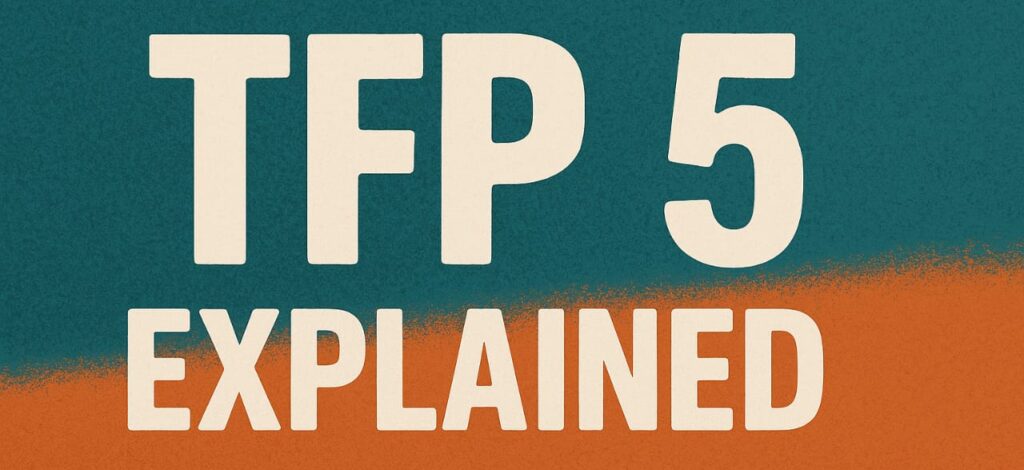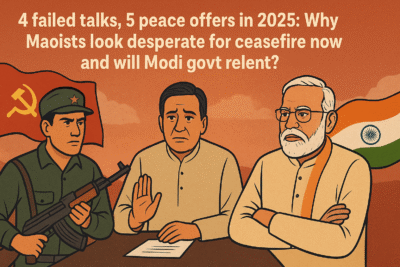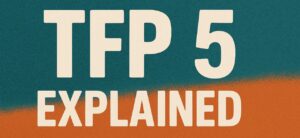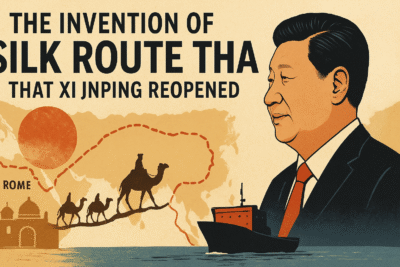
TFP 5 Explained
1.
Israel airstrikes Evin Prison in Tehran – major escalation in Iran conflict
Israeli military targets Evin Prison and power infrastructure in Tehran, signalling a strategic escalation in the Israel-Iran conflict. Regional tensions rise amid fears of retaliation. Airstrikes hit symbol of Iran’s regime, raising stakes in regional conflict
- What: Airstrikes targeted Evin Prison, a notorious facility for political prisoners, and an electricity feeder station, causing power outages in parts of Tehran.
- Who: Israeli military forces
- When: Monday, 23 June 2025
- Where: Tehran, Iran, specifically the Evin neighbourhood
- Why: Israel expanded its targets beyond military and nuclear sites to strike at symbols of Iran’s ruling system, signalling a strategic escalation in the ongoing Israel-Iran conflict.
- How: The airstrikes were carried out with little resistance from Iranian defences, following a pattern of surprise attacks since 13 June 2025.
- So what: This marks a significant escalation, as targeting a civilian prison shifts the conflict toward Iran’s political core. It raises fears of Iranian retaliation and further regional instability, potentially drawing in global powers.
2.
It was ‘Operation Midnight Hammer’ that US launches to hit Iranian nuclear facilities
Global oil prices surge as fears of wider conflict grow. The US military bombs three Iranian nuclear sites in a precision strike to curb nuclear ambitions. Operation ‘Midnight Hammer’ cripples Iran’s nuclear programme, rattles oil markets
- What: Operation “Midnight Hammer” bombed three Iranian nuclear facilities, significantly reducing Iran’s nuclear capabilities.
- Who: United States military, under President Donald Trump
- When: Sunday, 22 June 2025, with updates on 23 June
- Where: Unspecified nuclear sites in Iran
- Why: The US aimed to curb Iran’s nuclear ambitions, with Trump warning of further strikes if Iran retaliates.
- How: B-2 stealth bombers flew 37 hours to deliver precise strikes; Iran has issued warnings of retaliation.
- So what: The strikes have spiked global oil prices, heightened fears of a wider war, and strained US-Iran relations. Oil market volatility is impacting global energy security and diplomacy.
3.
Suicide bombing at Mar Elias church in Damascus kills 22
Islamic State-linked suicide attack targets worshippers in Damascus, marking a dangerous resurgence of violence in post-Assad Syria and threatening regional stability. It was the first major attack since Assad’s fall signals Islamic State resurgence
- What: The attack killed at least 22 people and injured dozens at Mar Elias Church.
- When: Sunday, 22 June 2025, with reports into 23 June
- Who: A suicide bomber linked to the Islamic State group
- Where: Dweila neighbourhood, Damascus, Syria
- Why: The attack, the first of its kind since Bashar al-Assad’s fall in December 2024, aimed to destabilise Syria’s fragile post-Assad transition.
- How: The bomber detonated explosives inside the church during a service.
- So what: This attack underscores the resurgence of Islamic State activity in a weakened Syria, threatening regional security and complicating international efforts to stabilise the country.
4.
Is Lalu Prasad not sure about Tejashwi’s ability to pull votes in Bihar election?
Veteran leader Lalu Prasad files nomination to retain RJD presidency, influencing Bihar’s political landscape ahead of crucial assembly elections and succession debates. Lalu Prasad seeks to extend control as succession debate intensifies in Bihar
- What: Lalu Prasad filed nomination papers to seek re-election as RJD president, a post he has held for nearly three decades.
- Who: Lalu Prasad, RJD president and former Bihar chief minister
- When: Monday, 23 June 2025
- Where: RJD party office, Patna, Bihar, India
- Why: To maintain leadership amid health concerns and succession speculation, with his son Tejashwi Yadav as heir apparent.
- How: Accompanied by his wife Rabri Devi and son Tejashwi, Lalu completed the nomination process despite frail health.
- So what: Lalu’s continued leadership shapes Bihar’s political landscape ahead of assembly elections, influencing opposition strategies and voter dynamics in a key Indian state.
5.
Tripura declared India’s third fully literate state, sets development benchmark
Tripura achieves 100% literacy through sustained education initiatives, joining Mizoram and Goa in a milestone that boosts socio-economic prospects and sets an example for other states. It joins Mizoram and Goa as India’s third fully literate state
- What: Tripura was declared India’s third fully literate state, after Mizoram and Goa.
- Who: Tripura state government and India’s Union Ministry of Education
- When: Monday, 23 June 2025
- Where: Announced at Rabindra Bhavan, Tripura, India
- Why: Decades of educational initiatives and campaigns achieved 100% literacy, a milestone for the state’s development.
- How: Through sustained efforts in school enrolment, adult education, and community programmes, verified by the Ministry of Education.
- So what: This achievement highlights Tripura’s educational progress, setting a model for other states and boosting its socio-economic prospects through a skilled workforce.





